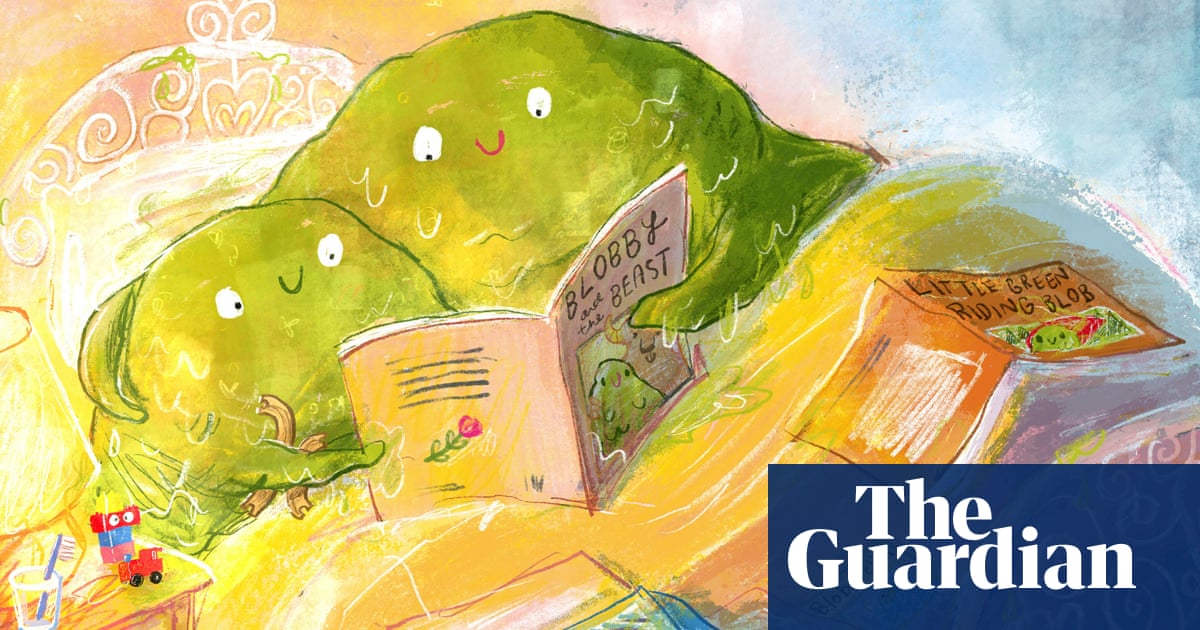Bulb fennel – AKA Florence fennel – is notoriously challenging to grow. Its aniseed taste isn’t for everyone, but it’s a crop I’m chuffed to see thrive under my care, given how many times I’ve failed with it in the past. It’s a handsome plant that’s edible from top to toe, and if the plump bulbs you’d hope for don’t materialise, you can leave them to develop flowers as an offering to the hoverflies.
Bulb fennel is best sown in situ, as it’s one of the many umbellifers that develops a taproot as it grows, so has little tolerance for having its root system disturbed. That said, its seeds can be sown into trays, but you’ll need to use one with large modules, making sure to sow only one seed per module. If you transplant them as soon as they can be handled (ideally having developed a few strong leaves) and are extra gentle when putting your seedlings into the ground, with any luck, they’ll take to their new home without issue. While bulb fennel can be sown earlier (from April onwards), those sown now are less prone to bolting (flowering prematurely, stymying bulb formation).
Bulb fennel needs fertile, well-draining soil (they won’t grow well into heavy clay) in a warm, sunny spot. Keeping your plants well watered is key to ensuring your fennel doesn’t bolt and that the base swells into bulb. Mulching with compost will help the soil retain that and keep weeds to a minimum, as competition from other plants can cause the stress that leads to bolting.
It should take around three months or so for your fennel to mature, but if you suspect your plants might bolt, you can harvest them earlier. Gather by cutting them at the base with secateurs. Leaving the roots in the ground invites the possibility of a second flush of (smaller) growth and a bonus harvest.
If you’ve suffered too many seasons of bulb fennel failures, a far easier type to grow is leaf fennel. It can be started as described above, but as it is perennial, the plant will return year after year producing plenty of edible leaves (though no bulbs, sadly). Give leaf fennel plenty of space (at least 30cm apart) as they can be large when fully developed. They also self-seed fairly readily, so be prepared to pull up any seedlings that pop up in spaces destined for other crops.
after newsletter promotion
Both leaf fennel and bolting bulb fennel will develop tall stalks adorned with beautiful umbels (umbrella-like clusters) of yellow flowers, which beneficial insects adore. The seeds that appear after these flowers have faded can be left to dry then gathered for use in curries and soups, and to infuse the brine for pickling cucumbers, carrots or beetroots. My favourite way to eat fennel – whether it’s a bulb sliced thinly or the leaves chopped finely – is mixed into a dressed salad with orange pieces and toasted pumpkin seeds.

 6 hours ago
6
6 hours ago
6

















































